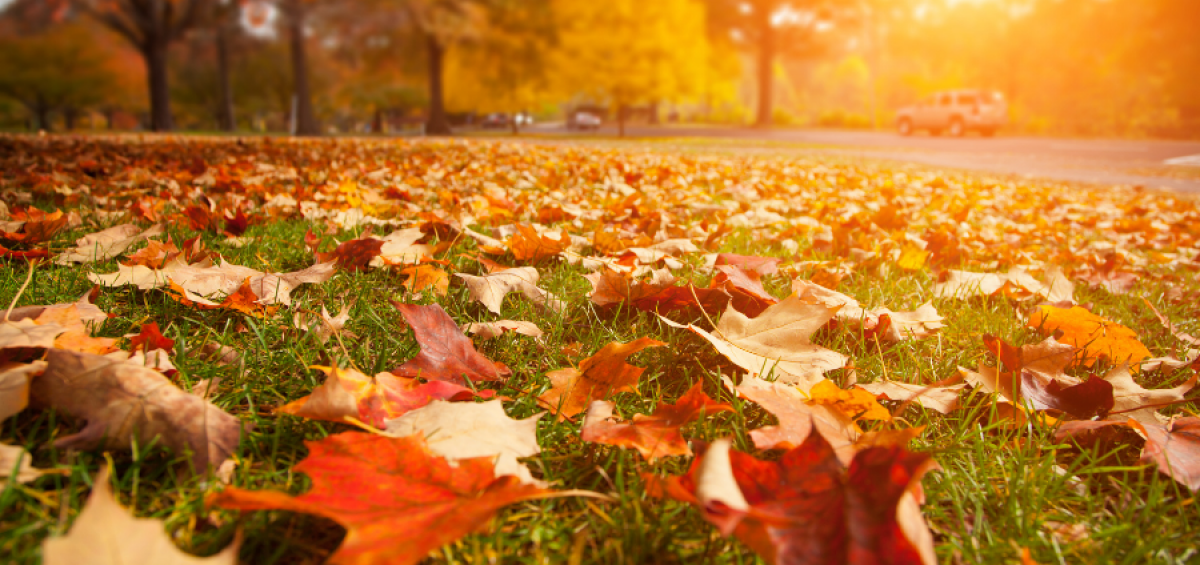Happy September! The weather is getting milder, schools are opening back up… whether we like it or not, summer seems to be drawing to a close.
With cooler temperatures just around the corner, the last thing most of us are thinking about is allergies! However, if you tend to suffer from seasonal allergies, brace yourself for a new wave of symptoms.
Fall allergies actually occur in over 75% of people who suffer from allergies in the spring. Besides triggering pesky symptoms such as sneezing, running nose and congestion, allergens can also cause inflammation and a weakened immune system. Follow along to learn more about these allergens and how to get a handle on your symptoms.
3 Allergens That May Be Causing Your Fall Allergies
Ragweed & Seasonal Plants– Ragweed is the biggest fall allergen in the United States, especially in the Midwest and East Coast. From August through November, the wild plant releases an enormous amount of pollen through the wind and air, causing allergy symptoms and hay fever in millions of Americans. In fact, a single plant can produce 1 billion pollen grains per season!
There are also many other plants and trees that mimic the effects of ragweed to a lesser extent, such as ryegrass, elm, mulberry, pecan, oak, English plantain, and more.
Mold, Fungus, & Mildew – In the late summer months, mold and fungus spores proliferate in warm, damp spaces, such as compost and grass. What’s more, the piles of decaying leaves your children play in are a mold’s paradise. As mold particle counts rise, so do allergy symptoms. Some people even have a delayed reaction to mold, meaning that allergies can seemingly come out of nowhere.
Dust – Dust is a year-round allergen, but it can become especially bad in the autumn as we retreat indoors. Turning on your furnace for the first time in months can release large amounts of dust into the air. Handling dust requires continual maintenance and cleaning measures.
Symptoms of Fall Allergies
Common symptoms of fall allergies can include:
- Sneezing
- Coughing
- Runny Nose
- Shortness of Breath
- Headache
- Slight Fatigue
- Itchy eyes, throat, or sinuses
- Watery eyes
- Congestion
- Aggravated asthma symptoms
How To Treat Fall Allergies
- Make Lifestyle Changes Based on Pollen Levels – Sites like com allow you to see a real-time local allergy report for ragweed, nettle and other nearby allergens. Being aware of pollen count can help you determine the structure of your day, whether you should you spend more time outside or inside. You may even want to consider wearing a face mask on days with high pollen counts amd keep windows and doors closed.
- Clean Your Home– Dust will thrive in your home, but only if you let it. Wash your bedding often, mop floors, thoroughly clean furniture and empty out your vacuum.
- Clean Your Yard – Letting dead leaves, grass, and brush pile up in your yard is the perfect habitat for mold spores and other allergens. Be diligent about raking leaves, cleaning out gutters and keeping weeds low.
- Invest in a HEPA Filter – Installing a HEPA Filter in your home can help prevent the influx of dust, pollen and mildew around your home.
- Get Acupuncture! – The insertion of tiny needles into acupoints can help relieve the lasting symptoms of allergies and seasonal allergies. A few sessions can complete eliminate symptoms, reduce inflammation, help the nervous system and improve quality of life.
For additional information or to schedule acupuncture treatment for allergies in the Louisville, Kentucky area, contact River City Wellness & Acupuncture today. You can schedule an appointment online or call (502) 822-0626 for details.

